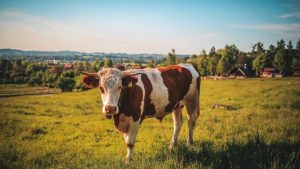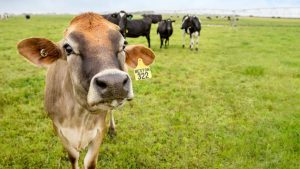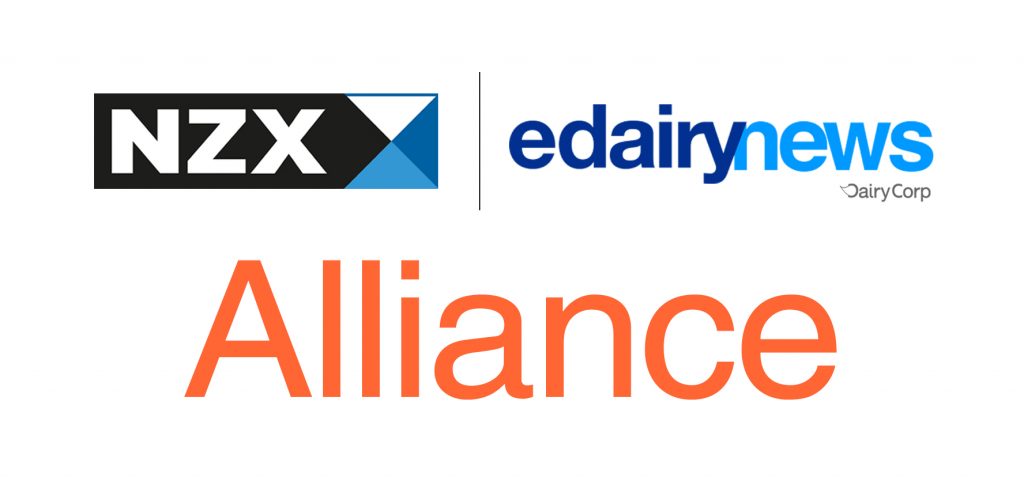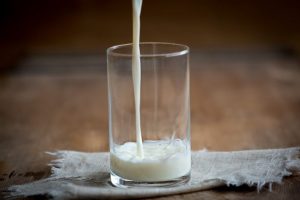Crop farmers are scratching their heads about what to plant next season after the farmgate milk price crashed, and dairy farmers will buy less feed crops for their cows.
Fonterra cut its forecast farmgate milk price for a second time in less than a month after global dairy prices plunged at an August 15 auction.
Ashburton grower Brian Leadley said finding a new crop to grow, and a market willing to buy it, was not as simple as flipping a switch.
On a farm a number of management decisions had to be made, he said.
Peas for example could only be planted in a paddock every five years, to ensure one year’s crop did not leave a soil borne disease behind that affected the next crop, Leadley said.
A grower also needed to know what their neighbour planted because certain crops needed to be up to 2 kilometres from a similar crop, to avoid cross pollination, Leadley said.
Growers could consider growing pea seeds for export, or peas for processing and snacks.
 More growers are planting malting barley, used by breweries, as they fear dairy farmers won’t buy feed barley after a drop in the forecast milk price.
More growers are planting malting barley, used by breweries, as they fear dairy farmers won’t buy feed barley after a drop in the forecast milk price.SUPPLIED
In spring they could grow spinach or vegetable seeds, he said.
There were a number of seed companies in that had contracts with Asian or European buyers, and they often directly approached farmers with offers.
However, there was only so much demand for each crop and once demand was met the search for a new market and a new crop began again, Leadley said.
Canterbury farmer Hamish Marr, who plants wheat, barley and oats, said growers were despondent and would not grow feed crops out of fear they would sell at a loss.
Unless growers had a contract to deliver feed crops, they would switch to other crops, he said.
Marr said he grew only a small amount of feed grains, but he was subject to market prices that recently fell.
Ryegrass seed sold for below the cost to grow it, the feed grain market fell, and farm inflation compounded over the last four months, he said.
 Ashburton farmer Brian Leadley says finding a new crop to grow and a market willing to buy it is not as simple as flipping a switch.
Ashburton farmer Brian Leadley says finding a new crop to grow and a market willing to buy it is not as simple as flipping a switch.SUPPLIED
“It’s not a great time for farming in general, no one’s immune to the market conditions”.
A rising global population and a growing middle class meant the long-term outlook for farming was good, but the current market was a pinch point, Marr said.
“Farmers are essentially farming for love or survival, you can only do that for so long,” he said.
“People will replace it [feed crops] with whatever they can get. That might mean planting grass, crops grown for seed, or potatoes. It could mean winter feed. It could mean anything. It’s challenging,” Marr said.
Foundation for Arable head of Land business operations Ivan Lawrie said dairy farmers could reduce herd sizes could in response to the lower milk price and buy less feed.
There were other factors that also contributed to lower intention to grow feed crops, including the feed surplus from last season still in storage, Lawrie said.
 Crop farmer Hamish Marr says crop farmers are in some cases selling crops for below what it cost them to grow it.
Crop farmer Hamish Marr says crop farmers are in some cases selling crops for below what it cost them to grow it.SUPPLIED
Aimi’s report showed only two-thirds of an estimated 289,100 tonnes of feed barley grown last season was sold, with the remainder stored on farms, much more than was stored this time last year.
Good rains over the past two of months also meant good pasture growth, and farmers relied on pasture instead of feed crops, Lawrie said.
Farmers also diversified to crops that gave them the option to sell to different markets, he said.
The report found the area planted in malting barley, used by the beer industry, increased by about 7000ha compared to last season.
Founder of Gladfield Malt, which supplied malt to local and overseas brewers, Doug Michael said traditionally barley grown for feed gave much higher yields than malting barley used by breweries, and feed barley was preferred by growers.
But new high yielding malting barley varieties were a game-changer and growers planted malting barley that sold to breweries if the crop did not sell as feed, Michael said.
















